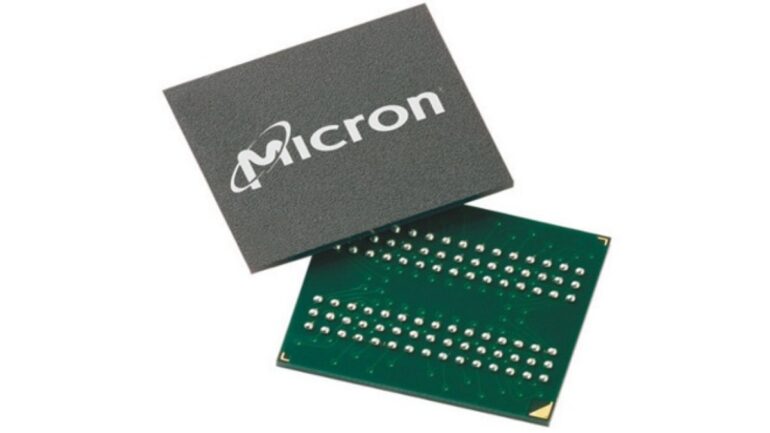TL;DR:
- Micron Technology experiences a stock surge on the back of strong quarterly results and AI-driven demand for its memory chips.
- CEO Sanjay Mehrotra emphasizes the company’s pivotal role in GPU-enabled AI servers.
- Micron leads the industry in DRAM and Nand memory chip advancements.
- The company is at the forefront of DDR5 adoption and introduces high-bandwidth memory products.
- Anticipates benefiting from the rise of AI in PCs and smartphones.
- Numerous Wall Street analysts have revised MU stock price targets upwards.
- Rosenblatt Securities analyst Hans Mosesmann highlights Micron’s role in the AI memory up-cycle.
- Micron’s increased fiscal 2024 capital expenditures signal positive prospects for semiconductor equipment companies.
Main AI News:
In the fast-paced world of technology, Micron Technology is making waves with its cutting-edge memory chips, fueled by the soaring demand for artificial intelligence (AI) capabilities among cloud service providers. Micron’s stock, represented by the ticker symbol MU, surged following the release of exceptional quarterly results and forward-looking guidance.
Micron CEO Sanjay Mehrotra spoke confidently during a recent conference call with analysts, stating, “We are in the very early stages of a multiyear growth phase catalyzed and driven by generative AI.” He emphasized that memory plays a pivotal role in powering GPU-enabled AI servers and highlighted the robust demand spurred by the initial implementation of AI solutions, a trend expected to gain momentum over time.
While graphics processing units (GPUs) have garnered significant attention in the realm of AI infrastructure, memory is an indispensable component. Micron has distinguished itself through its advancements in dynamic random-access memory (DRAM) and Nand memory chips, particularly those manufactured using cutting-edge process nodes such as 1-alpha and 1-beta DRAM chips, along with 176-layer and 232-layer Nand chips.
Moreover, Micron is at the forefront of industry-wide adoption of DDR5, the fifth-generation double data-rate dynamic random-access memory. The company is also rolling out high-bandwidth memory products under the HBM3E brand. These technological innovations are not limited to data centers; Micron anticipates capitalizing on the forthcoming trend of AI integration in personal computers and smartphones.
The market responded enthusiastically to Micron’s promising trajectory, with no fewer than 17 Wall Street analysts revising their price targets for MU stock upwards in the wake of the report. Rosenblatt Securities analyst Hans Mosesmann, an advocate of the company’s potential, increased his price target from $100 to $140, endorsing a “buy” rating for MU stock.
Mosesmann conveyed his optimism, stating, “Micron definitively has signaled the start of a massive AI-driven memory up-cycle with leading-edge nodes and HBM (high-bandwidth memory) already constrained or sold out for 2024.” This sentiment underscores the robust demand that Micron is poised to fulfill in the near future.
Micron’s fiscal 2024 capital expenditures are projected to range from $7.5 billion to $8 billion, a slight uptick from the previous year and the company’s initial plans. This development bodes well for semiconductor equipment companies with heightened exposure to the memory chip segment, solidifying Micron’s position as a key player in the AI revolution within the tech industry.
Conclusion:
Micron’s strong performance and technological innovations, driven by the AI boom, position the company as a major player in the memory chip market. This surge in demand not only benefits Micron but also has positive implications for the broader semiconductor equipment industry, reflecting the growing importance of memory solutions in AI infrastructure and consumer electronics.

